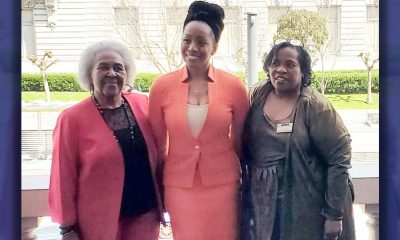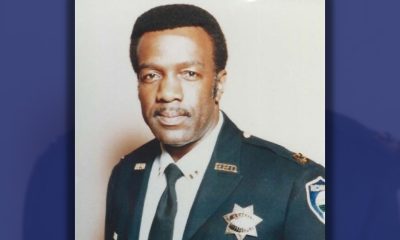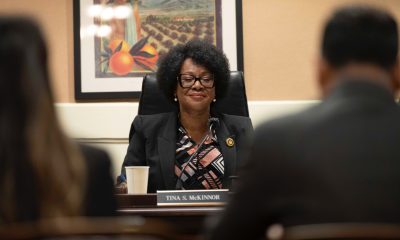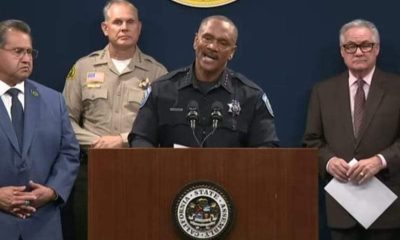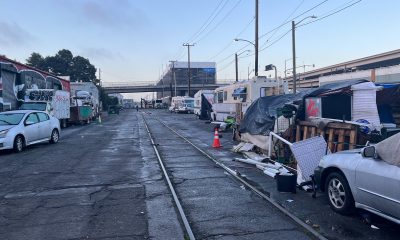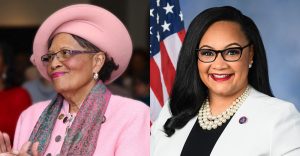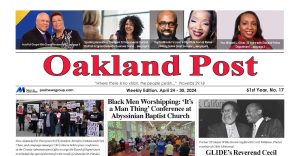Community
A Tragic Death, Health Fears Add to Concern Over California New Extreme-Heat Reality
A Riverside County family is grieving — and a local community is stunned — after a 12-year-old boy suffered a fatal medical emergency during an excessive heat wave last week in Lake Elsinore.
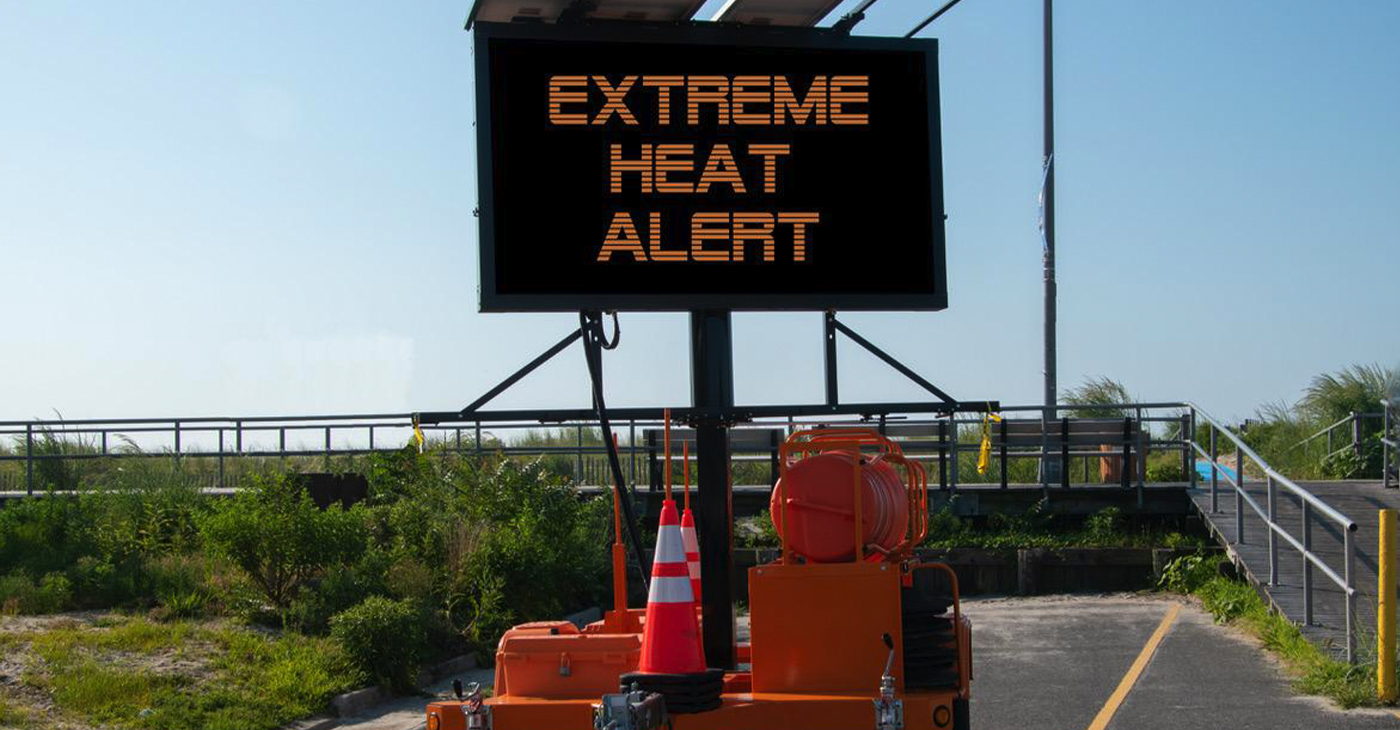
By Mark Hedin, Lila Brown and Edward Henderson
A Riverside County family is grieving — and a local community is stunned — after a 12-year-old boy suffered a fatal medical emergency during an excessive heat wave last week in Lake Elsinore.
On Aug. 29, Yahushua Robinson, a student at Lake Canyon Middle School, allegedly did not “dress out” appropriately for gym class and was consequently punished by running laps in his street clothes.
His aunt told NBC4 Los Angeles that he was denied a water break by his physical education teacher. His classmates reported that Robinson repeatedly complained of difficulty breathing before collapsing and becoming unresponsive.
Despite the efforts of medical professionals, Robinson was pronounced dead at Loma Linda University Medical Center-Murrieta.
The coroner’s report attributed Robinson’s death to cardiac arrest.
On the day of the incident, temperatures reached a high of 106° F. The California Department of Education advises schools throughout the state to assess whether outdoor activities, such as physical education and sports, should continue under such conditions.
However, it is still being investigated whether the proper protocol was followed. At 11 a.m., Riverside County Sheriff’s deputies were called to the school.
“Our hearts are with the family, friends, and our school community,” said Lake Canyon Middle School Principal Gil Rodriquez.
The family has since started a GoFundMe page (https://www.gofundme.com/f/yahshua-yaya-robinson) to raise money for funeral costs and other related expenses for the child they affectionately called “YaYa.”
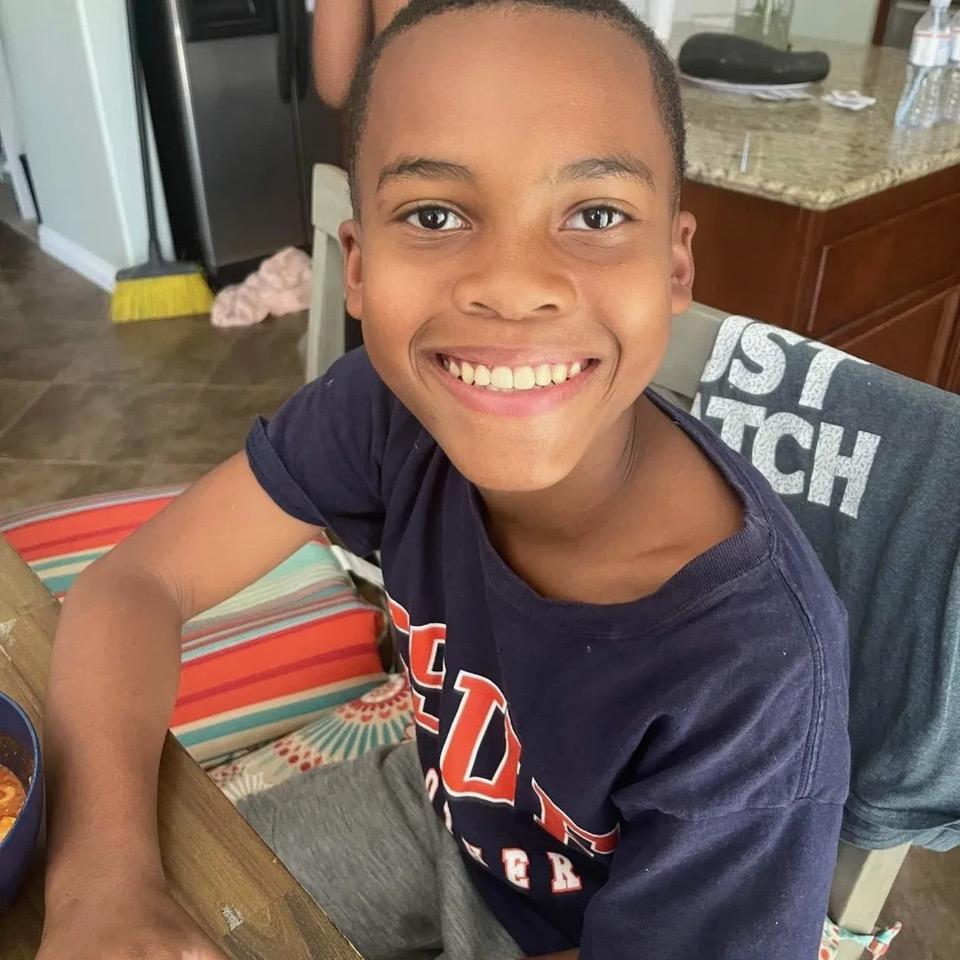
Yahushua Robinson
Around the state, there is a growing concern among Black Californians about how extreme heat could affect elderly family members, impact skin care and exacerbate other health concerns.
Authorities have warned that sweltering temperatures will now be a part of life in the Golden State.
Worldwide, July was the hottest month on record, and the California Governor’s office reports that 2023 is “shaping up” to be the hottest year on record.
During an Aug. 29 press briefing hosted by Ethnic Media Services (EMS) and California’s Office of Community Partnerships and Strategic Communications, speakers discussed what’s changed and what can be done to adapt to this new reality.
“These are not your grandmothers’ heat waves,” said Braden Kay, Extreme Heat and Community Resilience Program manager for California’s Governor’s Office of Planning and Research.
“We have a critical need to support behavior change and mind-shift for a lot of people who feel their bodies should just be able to handle the heat, but are not,” Kay continued. “Not just today, not just this summer, not just next summer, but for decades to come.”
According to Kay, “Extreme heat is a climate risk that all 58 counties in California will face,” noting that 90-degree weather now sometimes occurs as early as March and as late as November.
Sara Gardner, a massage therapist in San Diego, said skin care is extremely important during heat waves and everyone should wear sunscreen to protect their skin from dangerous sun rays.
“When it’s hot and dry out, I’ve have found exfoliating and moisturizer to be a must every day. I like to use ice each morning directly on my skin to help close my pores which helps me make sure I don’t let out as much sweat and buildup throughout the day. I also like to lock in my moisture with a cream, typically something with Vitamin C.
Experts who participated in the EMS news briefing said Black Californians, Indigenous communities and other people of color are the most affected by health disparities worsened by extreme heat and are at a higher risk of heat-related deaths.
“As doctors, perhaps one of the most useful things we can do is educate the public,” said Sharon Okonkwo-Holmes, a doctor of family medicine at Kaiser Permanente Southern California.
“Older adults in general don’t feel as thirsty, but I’m telling them, ‘Stay on top of your hydration. Add lime, lemon, cucumber, whatever’s necessary to make you have an incentive for drinking.’”
To combat the extreme heat, California is making historic investments in climate action and public awareness. The state has launched a website at heatreadyca.com.
“It is an “all-of-state-government approach” to the challenge, Kay said. The site offers a new grant program to support awareness campaigns and add trees and shade infrastructure.
Last week, the Governor’s Office of Emergency of Emergency Services (CalOES) released a number of online toolkits (in 12 languages) to inform state residents about extreme heat and natural disasters.
Symptoms of heat exhaustion include feeling fatigued and tired, said Okonkwo-Holmes. Swelling in the lower extremities and high blood pressure are other signs.
“We really need our bodies to stay cool, 96-99 degrees. If we’re not listening to those warning systems, we can get seizures and death,” Okonkwo-Holmes added.
Activism
Oakland Post: Week of April 24 – 30, 2024
The printed Weekly Edition of the Oakland Post: Week of April 24 – 30, 2024
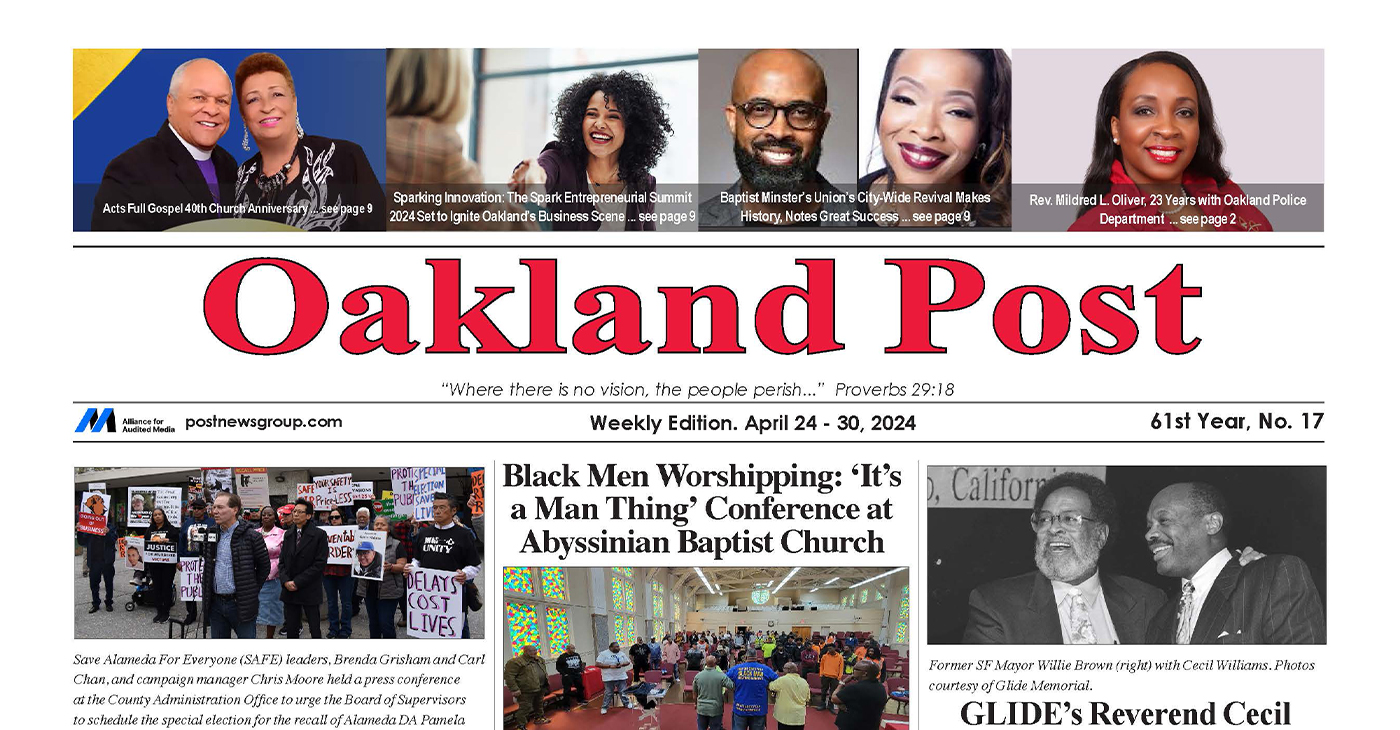
To enlarge your view of this issue, use the slider, magnifying glass icon or full page icon in the lower right corner of the browser window. ![]()
Alameda County
DA Pamela Price Stands by Mom Who Lost Son to Gun Violence in Oakland
Last week, The Post published a photo showing Alameda County District Attorney Pamela Price with Carol Jones, whose son, Patrick DeMarco Scott, was gunned down by an unknown assailant in 2018.
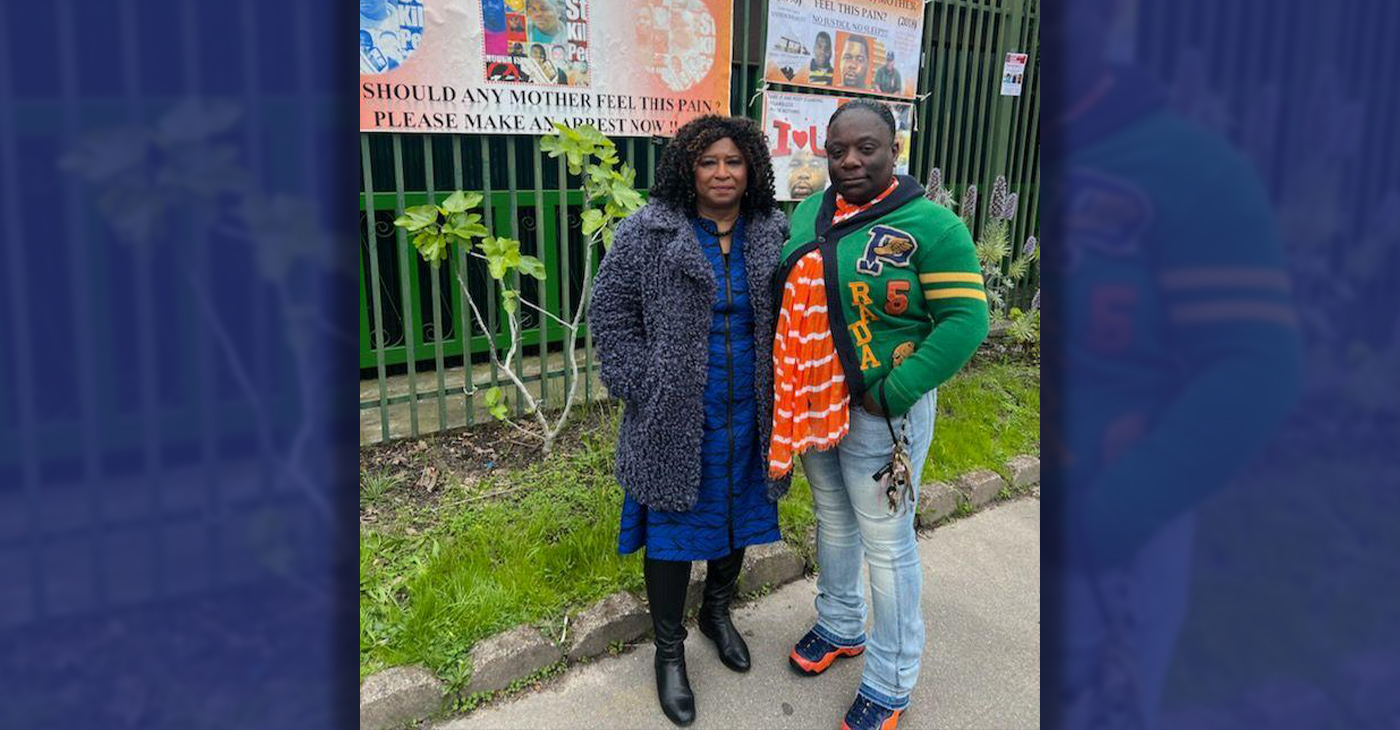
Publisher’s note: Last week, The Post published a photo showing Alameda County District Attorney Pamela Price with Carol Jones, whose son, Patrick DeMarco Scott, was gunned down by an unknown assailant in 2018. The photo was too small for readers to see where the women were and what they were doing. Here we show Price and Jones as they complete a walk in memory of Scott. For more information and to contribute, please contact Carol Jones at 510-978-5517 at morefoundation.help@gmail.com. Courtesy photo.
City Government
Vallejo Welcomes Interim City Manager Beverli Marshall
At Tuesday night’s Council meeting, the Vallejo City Council appointed Beverli Marshall as the interim city manager. Her tenure in the City Manager’s Office began today, Wednesday, April 10. Mayor Robert McConnell praised Marshall’s extensive background, noting her “wide breadth of experience in many areas that will assist the City and its citizens in understanding the complexity of the many issues that must be solved” in Vallejo.
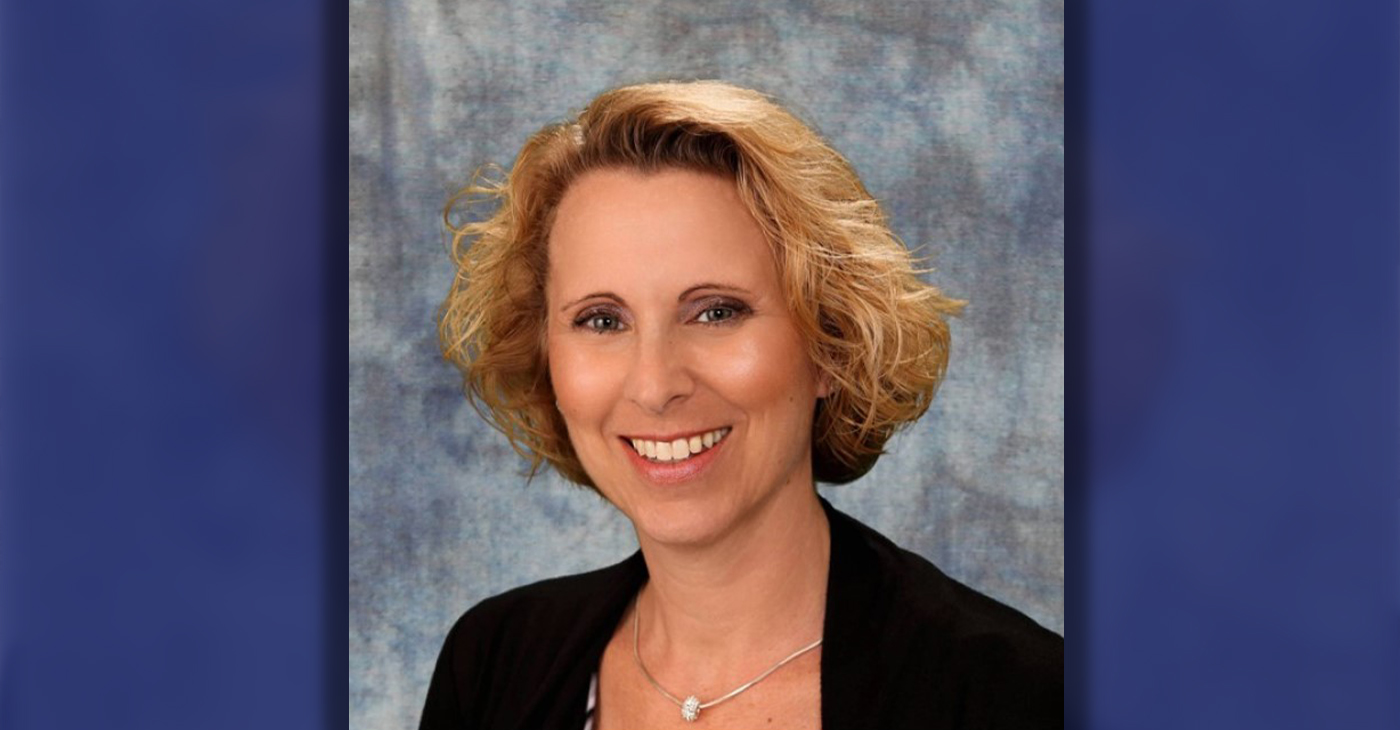
Special to The Post
At Tuesday night’s Council meeting, the Vallejo City Council appointed Beverli Marshall as the interim city manager. Her tenure in the City Manager’s Office began today, Wednesday, April 10.
Mayor Robert McConnell praised Marshall’s extensive background, noting her “wide breadth of experience in many areas that will assist the City and its citizens in understanding the complexity of the many issues that must be solved” in Vallejo.
Current City Manager Michael Malone, whose official departure is slated for April 18, expressed his well wishes. “I wish the City of Vallejo and Interim City Manager Marshall all the best in moving forward on the progress we’ve made to improve service to residents.” Malone expressed his hope that the staff and Council will work closely with ICM Marshall to “ensure success and prosperity for the City.”
According to the Vallejo Sun, Malone stepped into the role of interim city manager in 2021 and became permanent in 2022. Previously, Malone served as the city’s water director and decided to retire from city service e at the end of his contract which is April 18.
“I hope the excellent work of City staff will continue for years to come in Vallejo,” he said. “However, recent developments have led me to this decision to announce my retirement.”
When Malone was appointed, Vallejo was awash in scandals involving the housing division and the police department. A third of the city’s jobs went unfilled during most of his tenure, making for a rocky road for getting things done, the Vallejo Sun reported.
At last night’s council meeting, McConnell explained the selection process, highlighting the council’s confidence in achieving positive outcomes through a collaborative effort, and said this afternoon, “The Council is confident that by working closely together, positive results will be obtained.”
While the search for a permanent city manager is ongoing, an announcement is expected in the coming months.
On behalf of the City Council, Mayor McConnell extended gratitude to the staff, citizen groups, and recruitment firm.
“The Council wishes to thank the staff, the citizens’ group, and the recruitment firm for their diligent work and careful consideration for the selection of what is possibly the most important decision a Council can make on behalf of the betterment of our City,” McConnell said.
The Vallejo Sun contributed to this report.
-

 Activism4 weeks ago
Activism4 weeks agoOakland Post: Week of March 27 – April 2, 2024
-
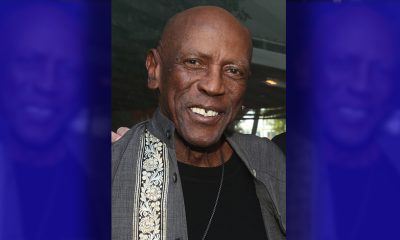
 #NNPA BlackPress4 weeks ago
#NNPA BlackPress4 weeks agoBeloved Actor and Activist Louis Cameron Gossett Jr. Dies at 87
-
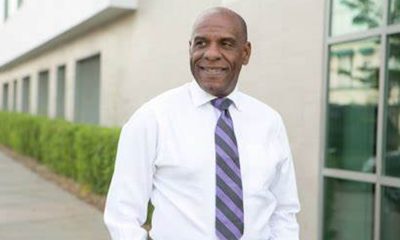
 Community1 week ago
Community1 week agoFinancial Assistance Bill for Descendants of Enslaved Persons to Help Them Purchase, Own, or Maintain a Home
-
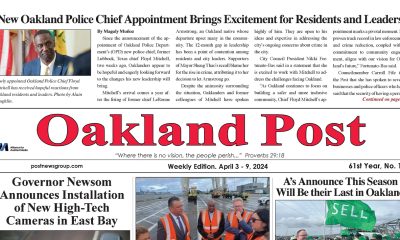
 Activism3 weeks ago
Activism3 weeks agoOakland Post: Week of April 3 – 6, 2024
-

 Business2 weeks ago
Business2 weeks agoV.P. Kamala Harris: Americans With Criminal Records Will Soon Be Eligible for SBA Loans
-
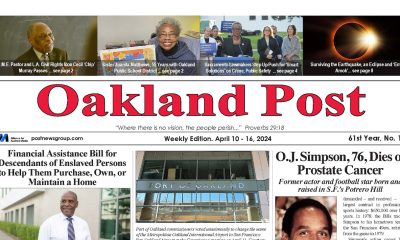
 Activism2 weeks ago
Activism2 weeks agoOakland Post: Week of April 10 – 16, 2024
-
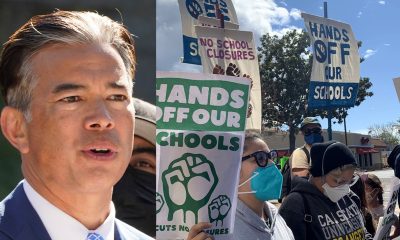
 Community2 weeks ago
Community2 weeks agoAG Bonta Says Oakland School Leaders Should Comply with State Laws to Avoid ‘Disparate Harm’ When Closing or Merging Schools
-
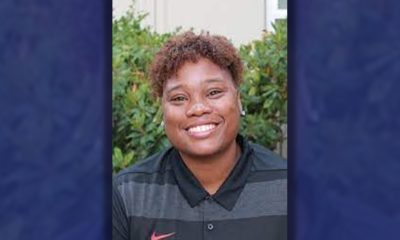
 Community7 days ago
Community7 days agoOakland WNBA Player to be Inducted Into Hall of Fame

